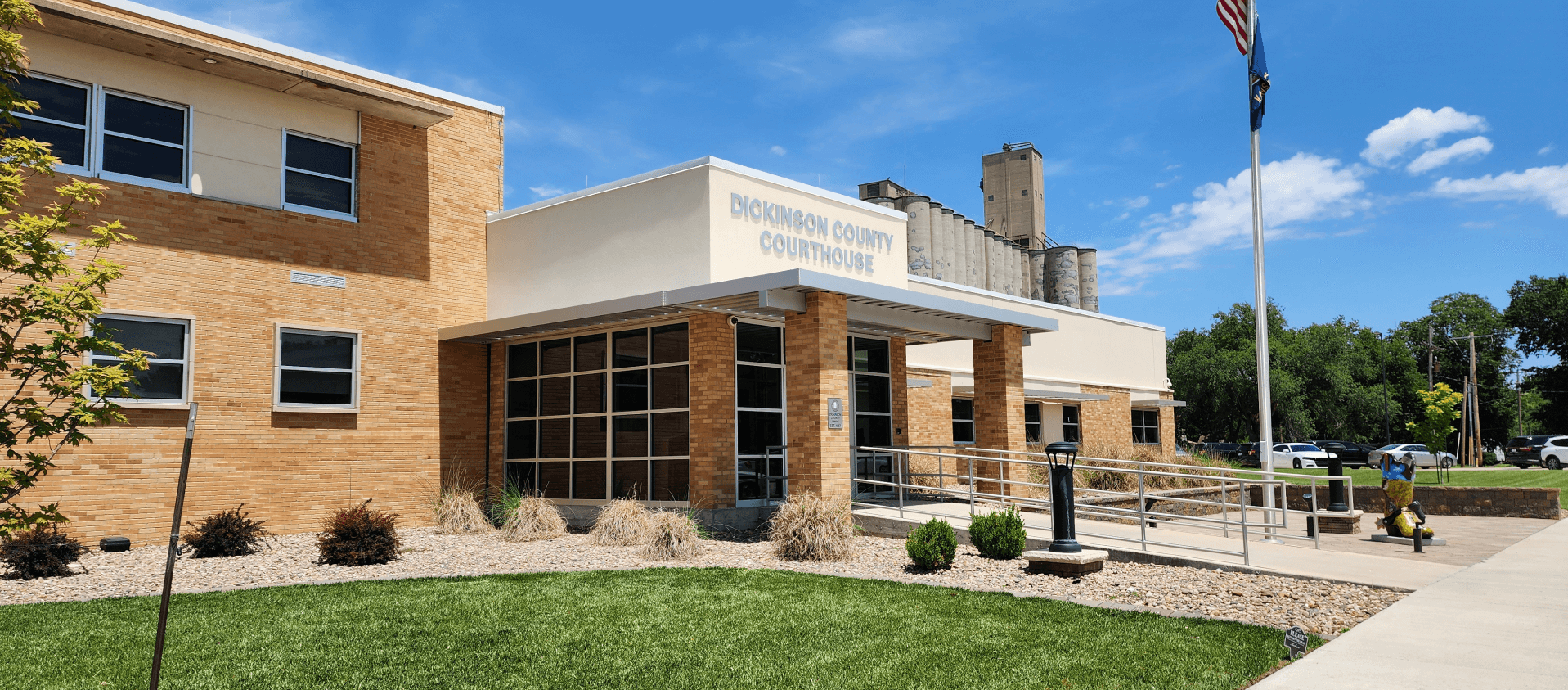Shelters
Being Prepared
You can prepare for the possibility of a tornado by learning the safest places to seek shelter at home, work, school, or outdoors and while traveling.
Homes & Small Buildings
Move to a pre-designated shelter, such as a basement. If an underground shelter is not available, move to an interior room or hallway on the lowest floor and get under a sturdy piece of furniture. Stay away from windows and outside walls.
Public Buildings
Move to pre-designated shelter areas. Interior hallways and rooms on the lowest floor are usually best. Avoid areas with wide, free-span roofs. Stay away from windows and outside walls.
Mobile Homes
Mobile homes, even if tied down, offer no protection from tornadoes and should be abandoned.
Outdoors
Seek shelter in a sturdy, well-constructed building.
While Traveling
Do not take shelter under overpasses.
A dangerous trend has emerged. Many of those in the path of a tornado are abandoning cars and seeking shelter under highway overpasses, apparently believing this will increase their safety from the storm. In reality, an overpass in the direct path of a tornado is a dangerous place to be. Airborne debris can easily be blown into and under the overpass where people might try to seek shelter.
The safest course of action when a tornado approaches is to get out of the tornado's path by driving at a right angle away from the tornado, or to seek shelter in a sturdy, well-constructed building. If there is no time and no nearby shelter lie flat in a ditch or depression and use your hands to protect your head.
After the Storm Passes
- Check for injured or trapped persons
- Give first aid when appropriate
- Don't try to move the seriously injured unless they are in immediate danger of further injury
- Call for help
- Turn on radio or television to get the latest emergency information
- Use the telephone only for emergency calls
Being Prepared
You can prepare for the possibility of a tornado by learning the safest places to seek shelter at home, work, school, or outdoors and while traveling.
Homes & Small Buildings
Move to a pre-designated shelter, such as a basement. If an underground shelter is not available, move to an interior room or hallway on the lowest floor and get under a sturdy piece of furniture. Stay away from windows and outside walls.
Public Buildings
Move to pre-designated shelter areas. Interior hallways and rooms on the lowest floor are usually best. Avoid areas with wide, free-span roofs. Stay away from windows and outside walls.
Mobile Homes
Mobile homes, even if tied down, offer no protection from tornadoes and should be abandoned.
Outdoors
Seek shelter in a sturdy, well-constructed building.
While Traveling
Do not take shelter under overpasses.
A dangerous trend has emerged. Many of those in the path of a tornado are abandoning cars and seeking shelter under highway overpasses, apparently believing this will increase their safety from the storm. In reality, an overpass in the direct path of a tornado is a dangerous place to be. Airborne debris can easily be blown into and under the overpass where people might try to seek shelter.
The safest course of action when a tornado approaches is to get out of the tornado's path by driving at a right angle away from the tornado, or to seek shelter in a sturdy, well-constructed building. If there is no time and no nearby shelter lie flat in a ditch or depression and use your hands to protect your head.
After the Storm Passes
- Check for injured or trapped persons
- Give first aid when appropriate
- Don't try to move the seriously injured unless they are in immediate danger of further injury
- Call for help
- Turn on radio or television to get the latest emergency information
- Use the telephone only for emergency calls
